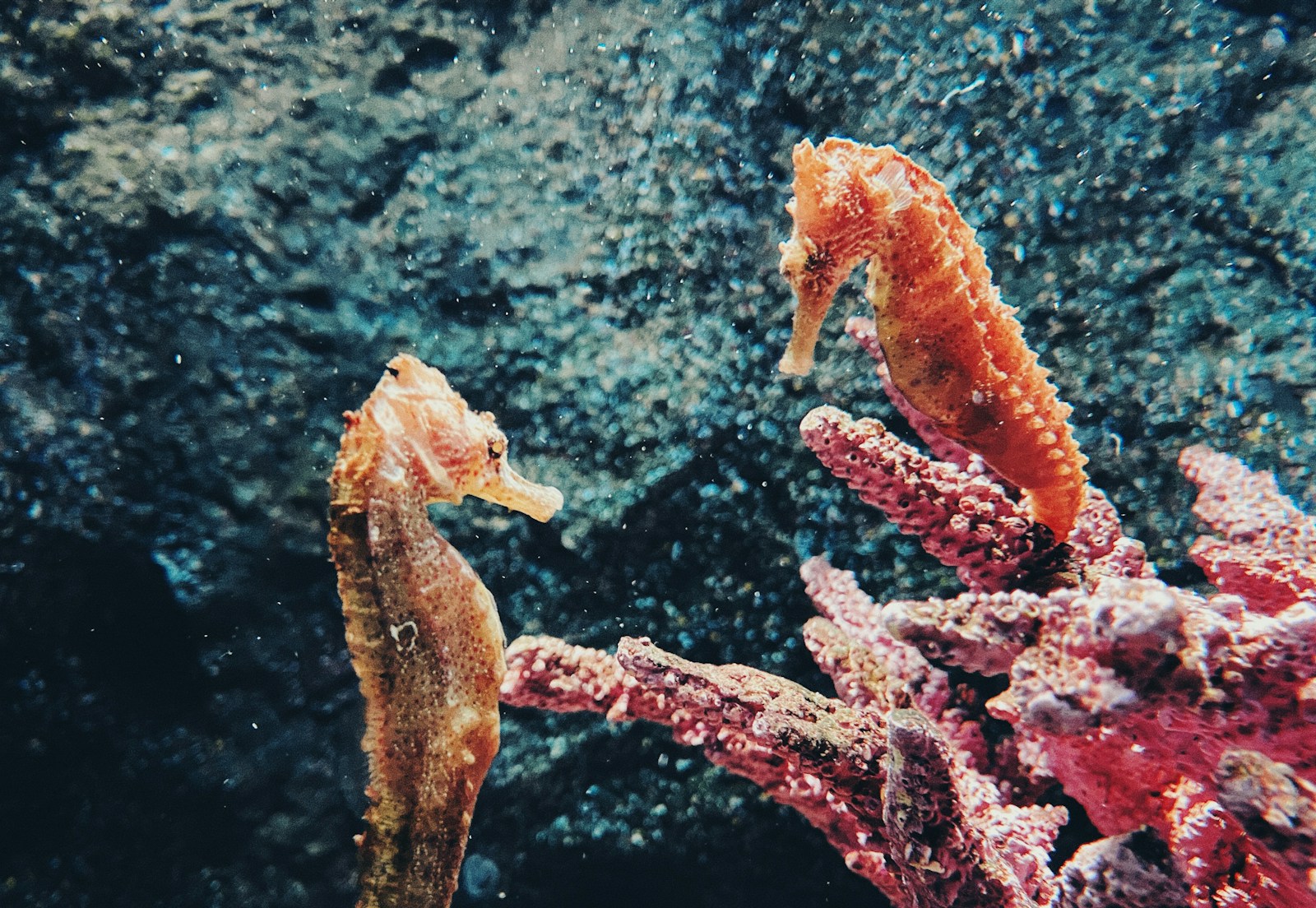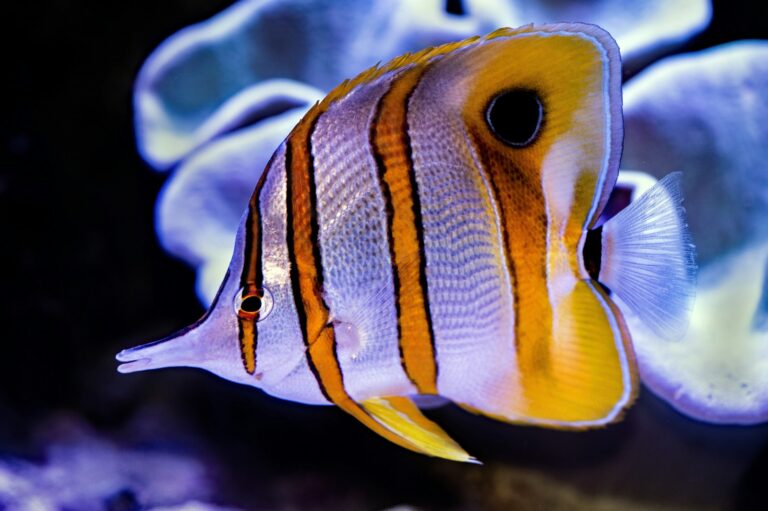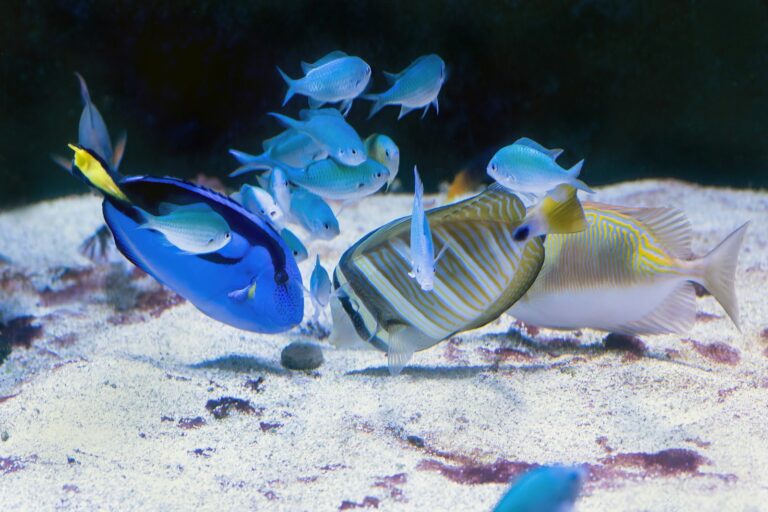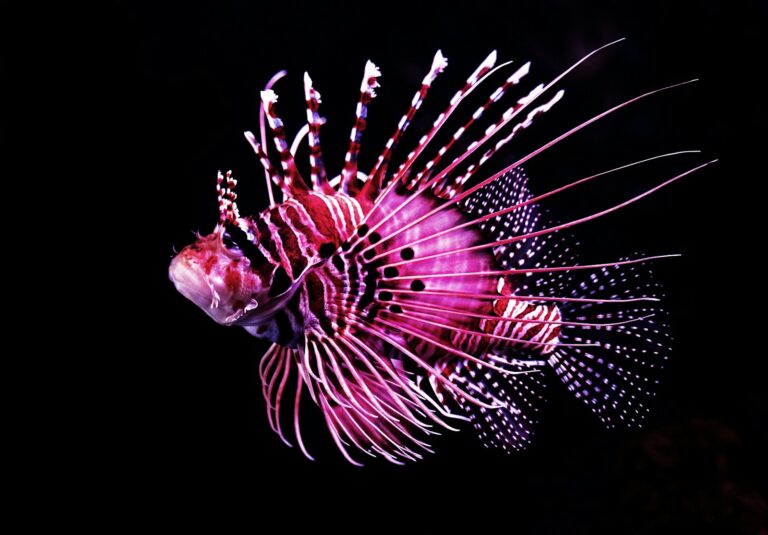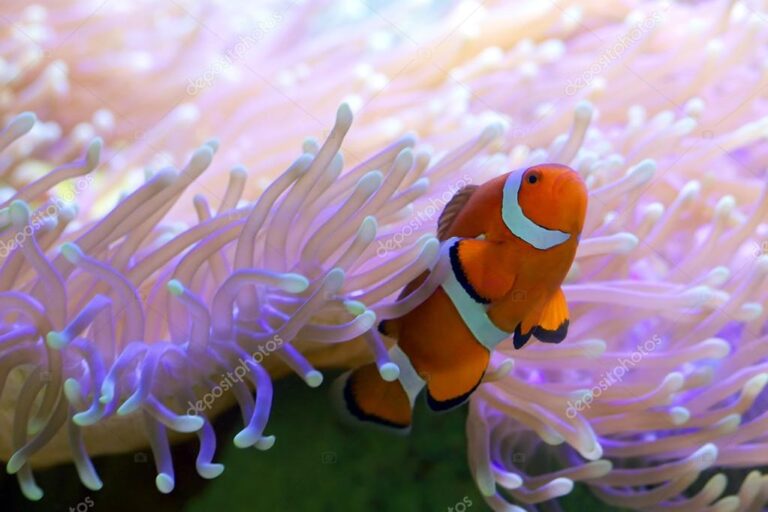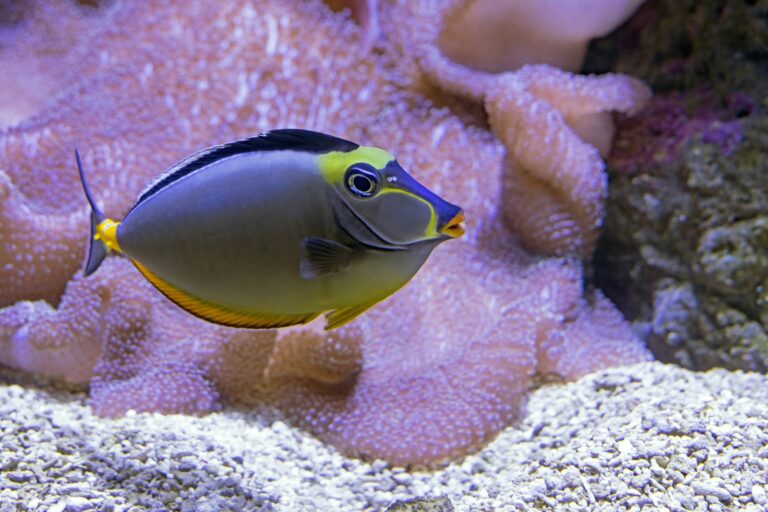The Ultimate Guide to Keeping Seahorses in Saltwater Aquariums

Seahorses are some of the most fascinating and unique creatures found in the marine world. With their delicate, horse-like features, mesmerizing swimming patterns, and gentle nature, it’s no wonder they’ve become a popular choice for hobbyists looking to create enchanting saltwater aquariums. However, caring for seahorses requires more than just an appreciation for their beauty. These fragile marine animals demand a tailored setup and maintenance routine to ensure their health and happiness.
This guide will walk you through everything you need to know about keeping seahorses in saltwater aquariums, from choosing the right species to managing their unique feeding habits. Whether you’re a beginner or an experienced aquarist, you’ll find valuable insights to help you build the perfect environment for your seahorses.

Understanding Seahorse Care
Taking care of seahorses is a rewarding yet meticulous endeavor. Unlike common aquarium fish, they are highly sensitive to their surroundings and require specialized setups to thrive.
Tank Size
Seahorses prefer roomy environments that mimic their natural habitat. A minimum tank size of 30 gallons is recommended for smaller seahorse species, while larger species like the Pot-Bellied Seahorse may require tanks of up to 60 gallons or more. Height is particularly important in a seahorse aquarium since they are vertical swimmers. Ensure the tank height is no less than 18 inches.
Water Parameters
The health of your seahorses hinges on maintaining precise and stable water conditions. Here’s what to aim for:
- Temperature: Between 72°F and 78°F, depending on the species.
- Salinity: Specific gravity of 1.020–1.025.
- pH Levels: Maintain a pH between 8.1 and 8.4.
Jason Miller, an aquarium expert, emphasizes, “Proper filtration and stable water parameters are crucial for seahorse health.” Investing in a high-quality filtration system and testing kits is vital for monitoring these metrics.
Tank Mates
Seahorses are peaceful creatures and can easily become stressed by overly active or aggressive tank mates. Ideal companions in a seahorse aquarium include:
- Small gobies
- Pipefish
- Snails and other small invertebrates
Avoid faster fish like tangs or clownfish, as they can outcompete seahorses for food or cause intimidation.
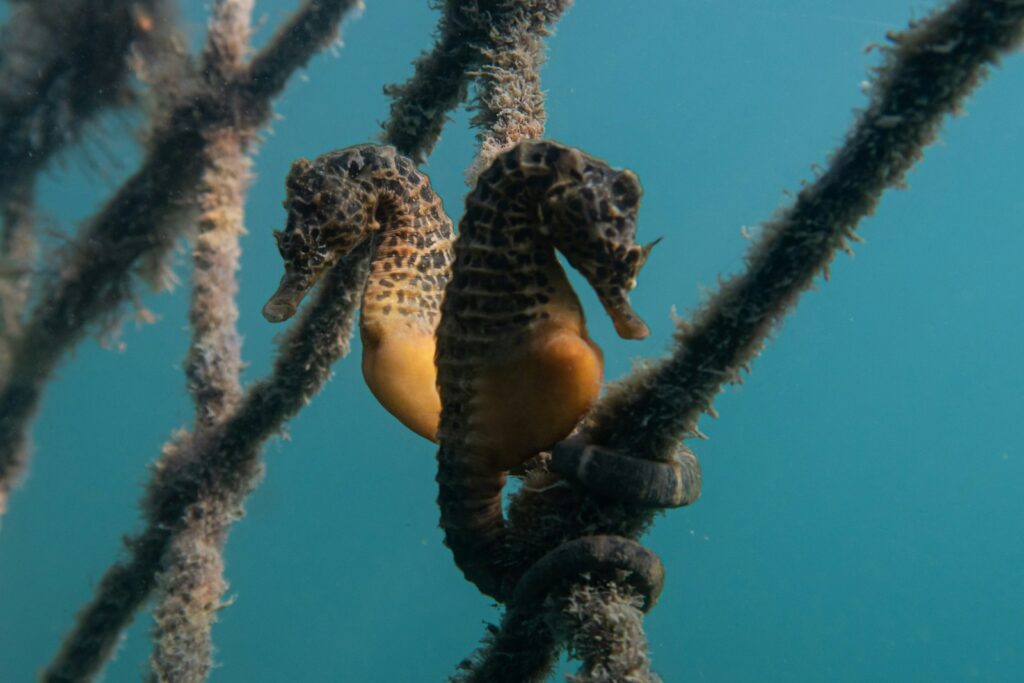
Choosing the Right Seahorse Species
Not all seahorses are suitable for every aquarist. Some species require advanced care, while others are better suited for beginner and intermediate hobbyists. Here are the most common seahorse species found in home aquariums:
Hippocampus reidi (Brazilian Seahorse)
- Size: Up to 6 inches.
- Difficulty Level: Intermediate.
- Traits: Known for their vibrant yellow, orange, and red coloring, Brazilian seahorses are an excellent choice for those familiar with basic marine aquarium care.
Hippocampus erectus (Lined Seahorse)
- Size: Up to 7 inches.
- Difficulty Level: Beginner-friendly.
- Traits: Hardy and adaptable, this species is ideal for beginners. They are known for their intricate line patterns and calm disposition.
Hippocampus abdominalis (Pot-Bellied Seahorse)
- Size: Up to 14 inches.
- Difficulty Level: Advanced.
- Traits: One of the largest species, they require ample space, excellent water quality, and an experienced caretaker.
Starting with an easier species like the Lined Seahorse allows you to gain experience before venturing into more challenging species.
Feeding Seahorses
Feeding seahorses can be one of the most enjoyable yet challenging aspects of their care. These creatures are slow eaters with specialized dietary requirements, and their feeding habits must be closely monitored.
What Do Seahorses Eat?
Seahorses are carnivorous and rely primarily on tiny live foods. Popular prey items include:
- Mysis shrimp – The staple food for most seahorses.
- Brine shrimp – Suitable as an occasional treat but lacks nutritional value when used exclusively.
- Copepods – A great option for variety and enrichment.
It’s essential to feed them frozen or live food. Pellets or flakes are typically not suitable.
Feeding Tips
Sarah Chen, a professional seahorse breeder, advises, “Observe your seahorses’ feeding habits closely to ensure they receive adequate nutrition.” Here’s how to get started:
- Feed 2–3 times a day.
- Limit feeding to what they can consume in five minutes.
- Use a feeding dish or station to keep the food contained.
If a seahorse loses interest in eating, check for signs of stress or illness and adjust care immediately.
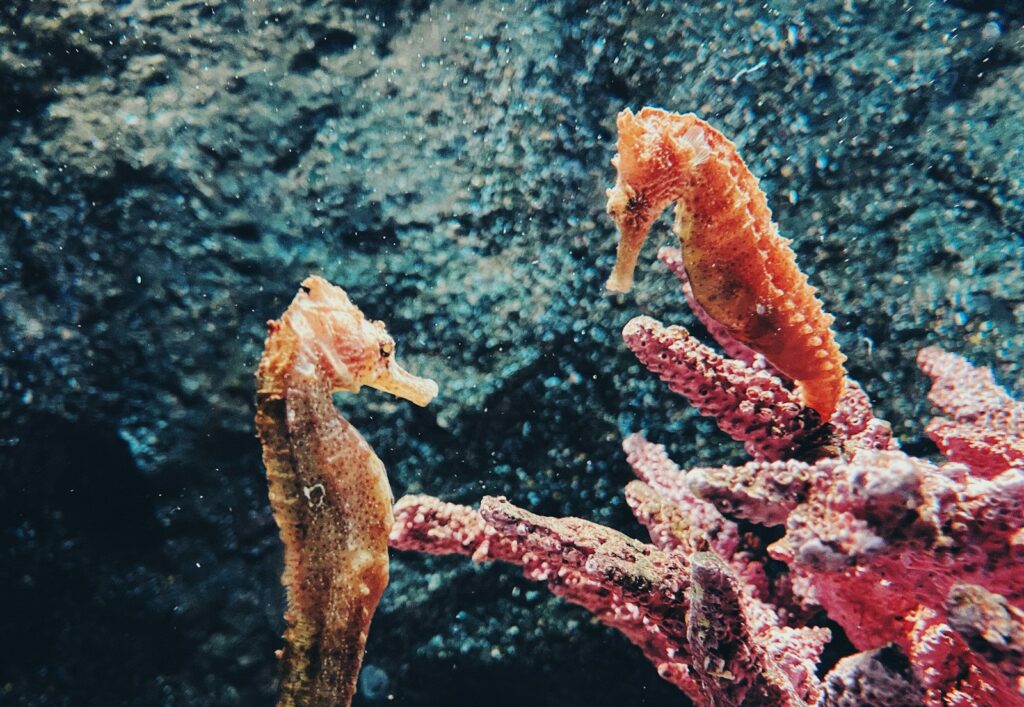
Potential Challenges and Solutions
Every new seahorse owner encounters hurdles, but with the right knowledge, these challenges can be overcome.
Challenge 1: Disease and Stress
Seahorses are prone to common marine diseases like bacterial infections and white spot disease (Ich). Stress due to improper tank conditions or tank mates can further compromise their immune systems.
Solution: Quarantine new arrivals, maintain pristine tank conditions, and act quickly at the first sign of illness. Reef-safe medications are a must-have.
Challenge 2: Competition for Food
Seahorses are slow feeders and may struggle to compete with faster tank mates.
Solution: Designate a quiet feeding area within the tank and consider feeding tank mates separately.
Challenge 3: Difficulty Maintaining Water Stability
Fluctuating parameters can severely affect seahorse health.
Solution: Use high-quality, reliable equipment and establish a regular water-change routine. Automated systems can also help minimize fluctuations.
Dr. Amanda Foster, a marine biologist, reminds us, “Seahorses require specialized care, but the rewards of keeping them are immeasurable.”
Build a Thriving Seahorse Aquarium
Keeping seahorses in a saltwater aquarium is no small task, but it’s an incredibly rewarding experience for those willing to invest the time and effort. By choosing the right species, creating a tailored environment, and meeting their unique dietary needs, you’ll enjoy the beauty and serenity these magical creatures bring to your aquarium.
If you’re ready to start your seahorse-keeping adventure, remember to prioritize ethically sourced specimens and high-quality equipment. Happy seahorse keeping!

